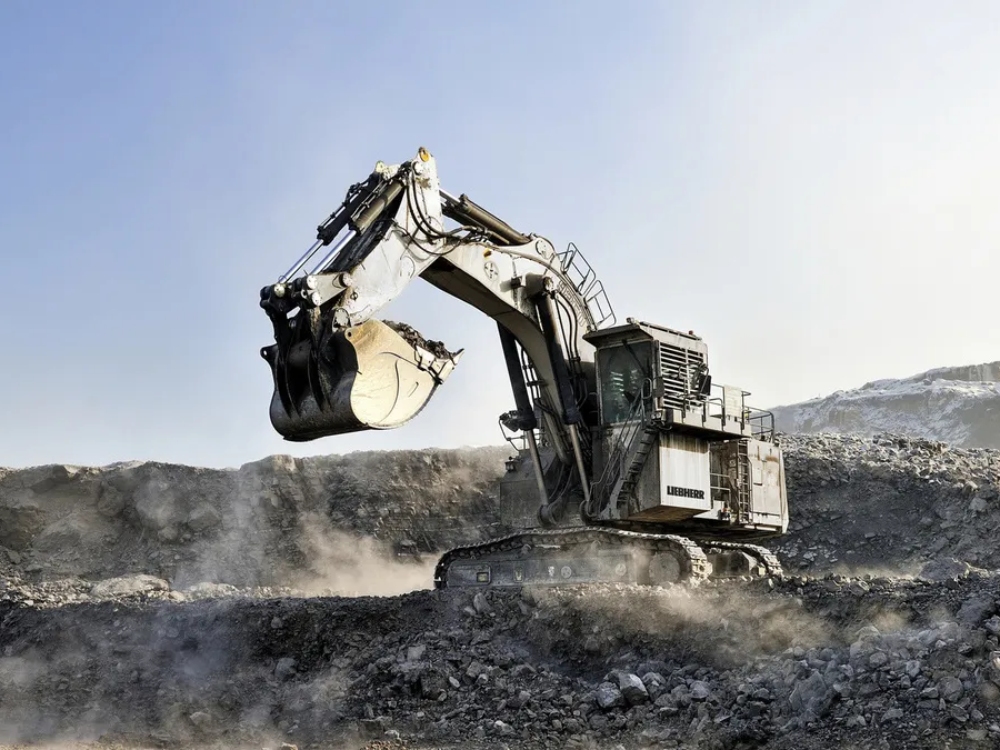Recommend Products
-
$28,800$36,000
-
$26,666$27,000
-
$17,500$18,000
-
$21,000$22,000
1. Excavator daily use and maintenance manual
For
users or owners of excavators, understanding and daily maintenance of
excavators is a required course. It not only increases the service life of the
excavator, but also reduces the failure rate of the excavator. It also improves
work efficiency. With the replacement of excavators, daily maintenance is
required. Maintenance is no longer as simple as replacing hydraulic oil and
lubrication equipment

The
first generation or mid-term excavator equipment usually has a simple structure
and maintenance is also carried out on the equipment, engine, hydraulic pump
and consumable parts. Nowadays, the continuous improvement of equipment
circuits and self-checking systems and the occurrence of fault codes can
greatly reduce the risk of use. Today's equipment uses engines. Circuit systems
with larger power are often more complex. In addition to fault self-checking,
we still need to conduct detailed inspections for some routine inspections.
1.
Pre-start inspection:
- Check the fuel, oil and coolant levels to
make sure they are at normal levels.
- Check the hydraulic oil level and leakage
to ensure there are no leaks in the hydraulic system.
- Check tire pressure and wear to make sure
the tires are in good condition.
- Check that lights, sirens and all safety
devices are working properly.
- Check the connection parts of bucket,
stick and boom to make sure they are not loose.
2.
Post-startup inspection:
- After starting the engine, observe the
various indicator lights on the instrument panel to make sure they are in
normal condition.
- Check the operation of the engine to
ensure there is no abnormal noise, vibration or overheating.
- Check the response speed and smooth
operation of the hydraulic system to ensure everything is normal.
3.
Precautions during operation:
- Avoid operating the excavator on steep
slopes to prevent the equipment from tipping over.
- During excavation, keep the bucket
parallel to the ground to reduce excavation resistance and the risk of damage
to the equipment.
- Avoid using the excavator for tasks
beyond its carrying capacity to avoid damage to the equipment.
- When moving the excavator, make sure
there are no obstacles around it to prevent collision and damage.
4.
Maintenance after work:
- Park the excavator on flat, solid ground
to prevent the equipment from sinking or tilting.
- Clean the exterior of the excavator to
remove mud, dust and other debris.
- Check and tighten all loose parts to
ensure the equipment is in a safe condition.
- Record the day's usage, including working
hours, fuel consumption and any abnormalities.
2. Precautions when using excavators
When
using an excavator, to ensure the safety of operators and equipment, please pay
attention to the following:
1.
Comply with operating procedures: Strictly operate in accordance with the
operating procedures of the excavator to avoid accidents caused by illegal
operations.tdexcavator
2.
Pay attention to the surrounding environment: Before operating the excavator,
be sure to observe the surrounding environment to ensure that there are no
obstacles, people or animals. During the operation, always pay attention to
changes in the surroundings to prevent accidents.
3.
Stay focused: When operating an excavator, stay focused and avoid distractions.
Do not play with mobile phones, eat, or talk to unrelated people during the
operation.
4.
Dress appropriately: Wear appropriate work clothes, helmets, safety shoes and
other protective equipment to ensure your own safety.
5.
Regular training: Participate in excavator operation training regularly to
improve operating skills and emergency response capabilities.
6.
No operation under the influence of alcohol: It is strictly prohibited to
operate the excavator after drinking alcohol or taking drugs that may affect
judgment.
7.
Operation in bad weather: Try to avoid operating the excavator under bad
weather conditions (such as heavy rain, heavy snow, heavy fog, etc.). If you
must operate, please take appropriate safety measures.
8.
Emergency handling: When encountering an emergency, stop operation immediately,
shut down the engine, and take appropriate emergency measures. At the same
time, report the situation to superiors in a timely manner.
By
following the above daily maintenance manual and usage precautions, you can
ensure the normal operation and safe use of the excavator, thereby improving
work efficiency and reducing potential risks. Please be sure to keep these
points in mind and strictly adhere to them in actual operations.